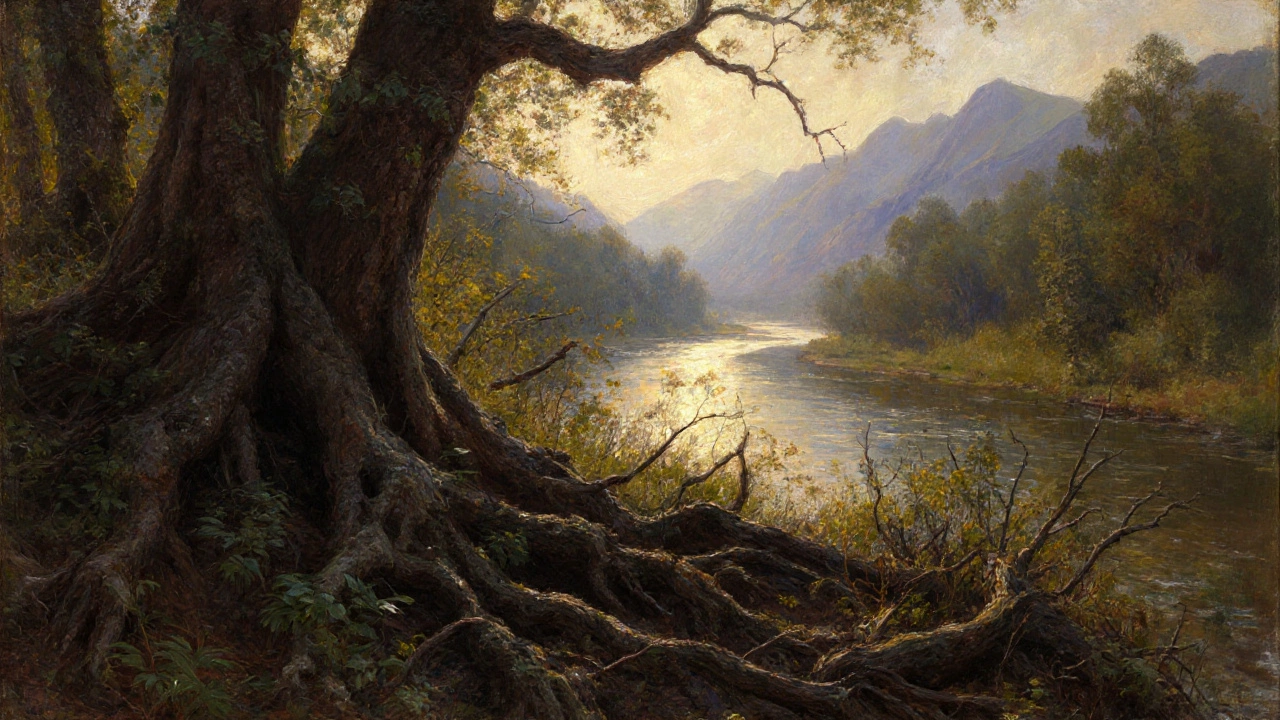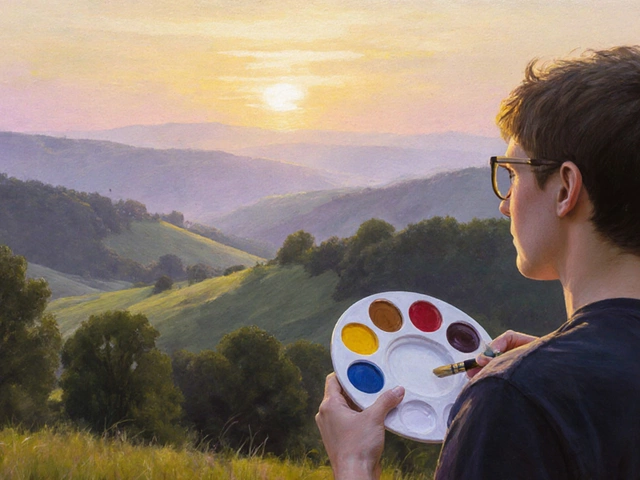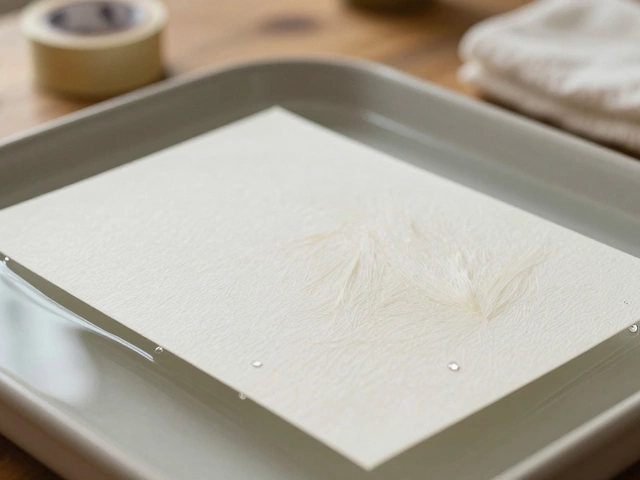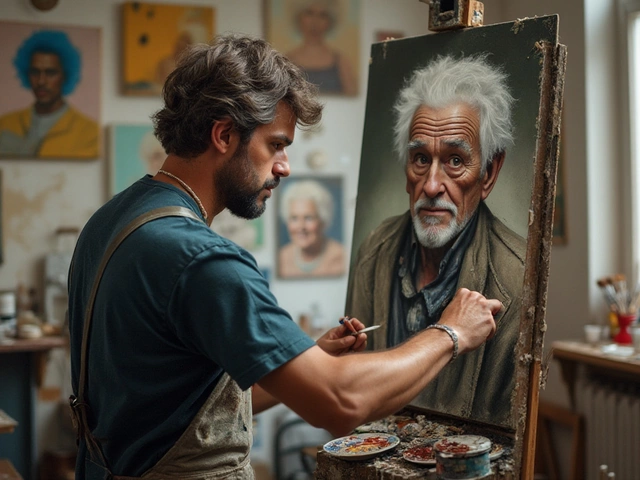Middle Ground in Art: Finding Balance Between Realism and Abstraction
When we talk about the middle ground, the space between fully realistic and completely abstract art. It’s not about choosing one style over another—it’s about blending them to create work that feels true, but not literal. This isn’t just a technical term; it’s a mindset. Artists who work in the middle ground don’t copy nature exactly, but they don’t erase it either. They keep enough detail to ground the viewer, while leaving room for feeling, mood, and interpretation. Think of it like a conversation between what you see and what you sense.
The realistic landscape painting, a style that captures light, value, and atmosphere with careful technique often sits on one side of this balance. But look closer at those landscape pieces—how do they avoid looking like photos? That’s the middle ground at work. The artist might soften edges, simplify shapes, or adjust color temperatures just enough to make the scene feel alive, not just accurate. On the other side, abstract art, work that prioritizes emotion, color, and form over recognizable subjects can still hold onto traces of the real world—a hint of horizon, a suggestion of trees, the echo of a coastline. Even the most non-representational pieces often begin with something seen, felt, or remembered.
This isn’t just about paint on canvas. The middle ground shows up in how artists choose print sizes for Etsy, how they frame portraits using the rule of thirds, or how they decide whether to include people in a landscape. It’s in the quiet decision to leave a brushstroke visible instead of smoothing it out, or to let a color bleed slightly instead of correcting it. It’s the difference between painting a tree exactly as it looks, and painting the feeling of standing under it.
Many artists in Pembrokeshire work here—not because they’re unsure of their style, but because they know the most powerful art doesn’t shout. It invites you in. It lets you fill in the gaps. Whether you’re trying to make your digital art feel more tactile, or wondering why your landscape looks flat even with perfect detail, the answer often lies in finding your own middle ground. Below, you’ll find guides that show you how to get there: from mastering light and value in realism, to knowing when to let go and trust the abstraction. These aren’t rules. They’re tools to help you find your voice between the lines.

Learn the four essential parts of a landscape in art-foreground, middle ground, background, and atmospheric perspective-and how they create depth and realism in paintings.

Landscape painting relies on three essential layers: foreground, middle ground, and background. Learn how each creates depth, guides the eye, and brings realism to your art.





